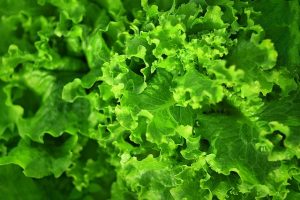
You won’t be too surprised to hear that the fertility diet was designed to help with fertility issues and despite it originally being designed with women in mind, it can also help improve sperm quality in men.
Unlike most popular (shall we say “mainstream”) diets, the Fertility Diet has a very specific goal in mind, though it has been deemed to be suitable for anyone who wants a healthy, long-term eating structure.
The origins of the Fertility Diet
We have to go back to 1991 to seek out the origins of the Fertility diet, when a long-running study of nearly 18,000 women began, with a view to identifying trends in eating habits and lifestyle that lead to fertility and potential infertility.
One of the sure-fire ideas that had already been ascertained by this time, is that being overweight impeded on a woman’s chances of getting pregnant – many studies also conclude this is true for men’s fertility too.
In 1991, Dr. Jorge Chavarro, MD, associate professor of nutrition and epidemiology at Harvard T.H, concluded:
“What we found is (…) the same things you would recommend for the prevention of cardiovascular disease or for overall longevity or for general healthy eating vastly overlaps with what we would recommend preventing risk factors for infertility”.
Foods that help regulate blood glucose and insulin levels, like those which are plant-based and high in protein, also play an important role in ovulation. Meanwhile, foods high in saturated fat and sugar and eating high quantities of red meat have been linked to a drop in egg supply and more difficulty conceiving.
Finally, folic acid has significant links to healthy fetus development and Dr. Chavarro notes that consuming higher than average amounts of folic acid is one of the biggest differences between the Fertility Diet and cardio-healthy diets.
So what can I eat?
Which leads us on to the next point of – what does this mean you can eat?
Foods that are heart-healthy (and therefore healthy for fertility according to Dr. Chavarro) include leafy greens (high in folic acid, potassium, and zinc), oily fish and lean meats (high in protein), fruit such as oranges and grapefruits (high in vitamin C to help your body absorb the vital vitamins from the other foods you eat).
As mentioned above, folic acid is a vital component of the fertility diet, so try filling half of your plate up with leafy greens at lunch and dinner time.
We wish you the best of luck!




I’m up for trying any sort of diet and this is one of them! Theres still a lot of great foods and nutrients here to eat, especially being able to eat lean meats . I most definitely will give this a go.